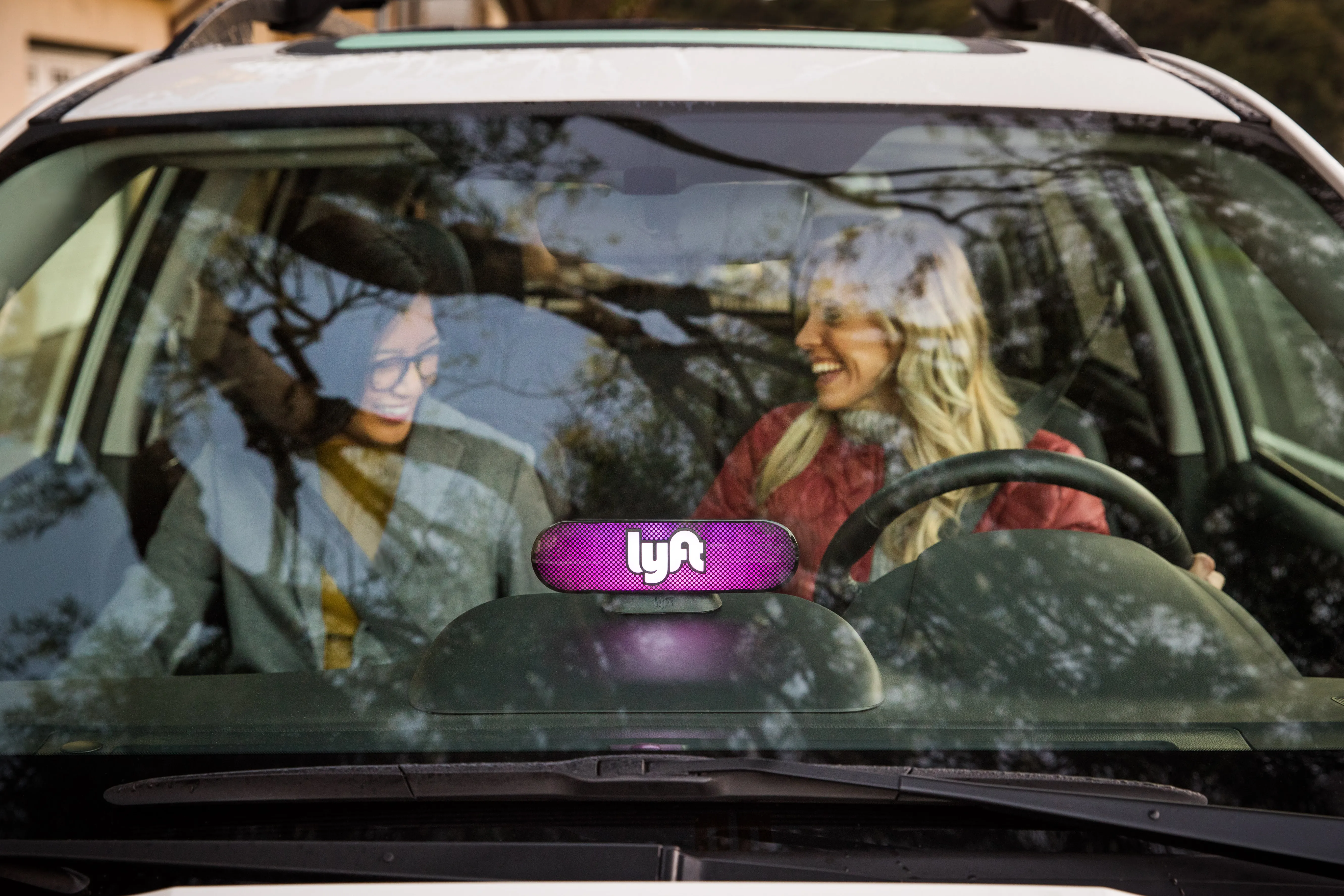Two reckless speedsters were caught having a road a race in Western Australia by a Vitronic PoliScanspeed camera, the company reports. The speed measuring system revealed they were 105 kph (65 mph) and 117 kph (73 mph) above the official speed limit. The two were sentenced to high fines and long-term suspension of their driver licenses.
May 1, 2012
Read time: 2 mins
RSSTwo reckless speedsters were caught having a road a race in Western Australia by a 147 Vitronic PoliScanspeed camera, the company reports. The speed measuring system revealed they were 105 kph (65 mph) and 117 kph (73 mph) above the official speed limit. The two were sentenced to high fines and long-term suspension of their driver licenses.
According to Vitronic, even if cars are driving closely next to each other, its PoliScanspeed speed measuring system can clearly identify speeders. The company points to two other speedsters who were caught on camera driving at 195 kpm (121 mph) and 207 kph (129 mph) in a 90 kph (56 mph) zone. At the time of the offence they were driving nearly next to each other.
The company claims this case would have been dismissed if conventional technology had been used, as it cannot distinguish the measured values of two vehicles driving next to each other. However, because the PoliScanspeed speed measuring system uses laser-based technology, Vitronic says it can clearly allocate measured data to vehicles that are driving closely behind each other or next to each other.
One of the two speeders pleaded guilty right at the beginning of the trial. The second driver first claimed that only the other one had been speeding and wanted to challenge the charges. In the end an expert report ordered by the police eventually convinced the defence.
"There is no doubt we can capture two cars at once and we will fight any challenges, especially for hoon matters," said Inspector Mark Ripley, in charge of traffic control, told the The West Australian newspaper.
According to Vitronic, even if cars are driving closely next to each other, its PoliScanspeed speed measuring system can clearly identify speeders. The company points to two other speedsters who were caught on camera driving at 195 kpm (121 mph) and 207 kph (129 mph) in a 90 kph (56 mph) zone. At the time of the offence they were driving nearly next to each other.
The company claims this case would have been dismissed if conventional technology had been used, as it cannot distinguish the measured values of two vehicles driving next to each other. However, because the PoliScanspeed speed measuring system uses laser-based technology, Vitronic says it can clearly allocate measured data to vehicles that are driving closely behind each other or next to each other.
One of the two speeders pleaded guilty right at the beginning of the trial. The second driver first claimed that only the other one had been speeding and wanted to challenge the charges. In the end an expert report ordered by the police eventually convinced the defence.
"There is no doubt we can capture two cars at once and we will fight any challenges, especially for hoon matters," said Inspector Mark Ripley, in charge of traffic control, told the The West Australian newspaper.









